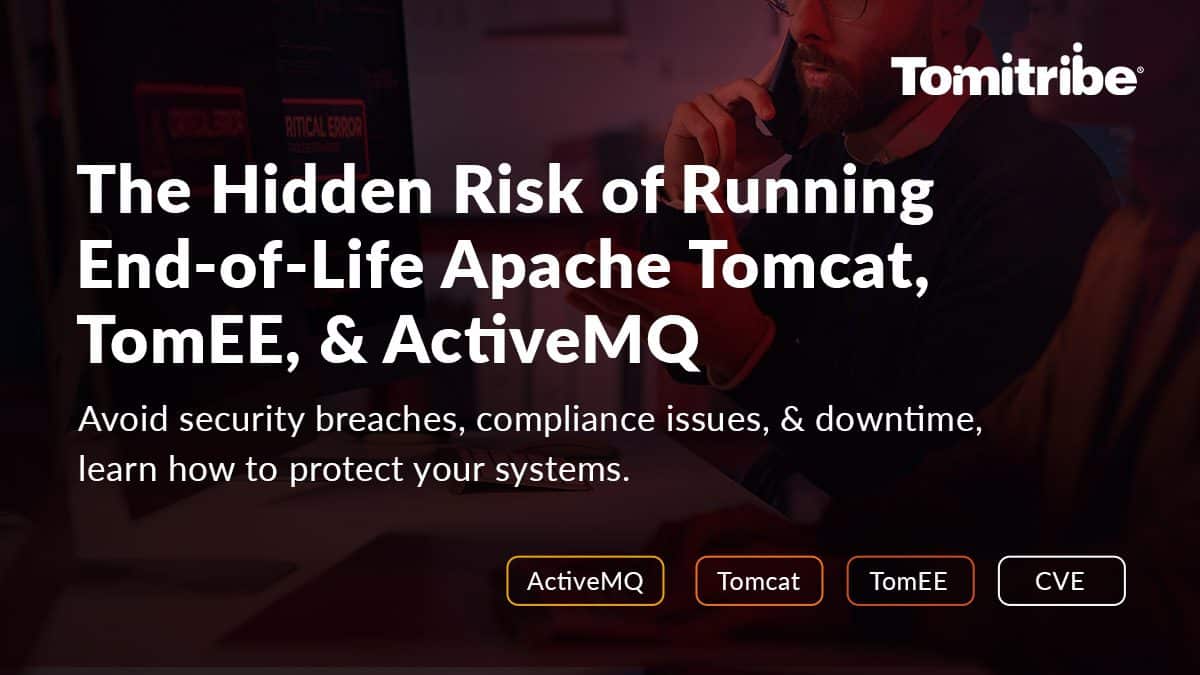
Understanding End-of-Life (EOL) Products If you’re a developer or manager, you’ve likely faced the challenge of maintaining legacy systems. You know the delicate balance between keeping your software running, finding the resources for costly upgrades, and managing the expense of growing your team to support emerging issues. When a product like Apache Tomcat, TomEE, or ActiveMQ reaches its End-of-Life (EOL), it stops receiving critical updates and patches from the Open Source Community. This leaves your systems vulnerable to security breaches and compliance issues—a nightmare for developers maintaining these systems and managers responsible for avoiding business risks. Key Risks of Running…
Read More


